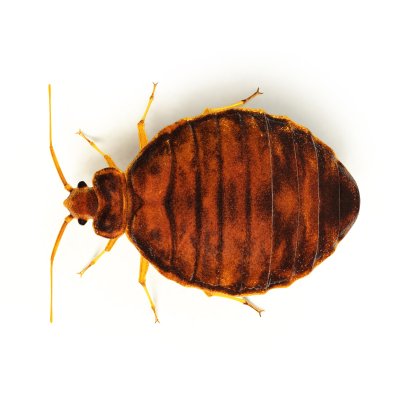
DESCRIPTION
Scientific Name: Cimex lectularius Common Name: Bed bug Color: Adults range from brown to reddish-brown Size: 4 – 5 mm long (3/16 inch) FACT: Bed bugs do not transmit any known human diseases. Some people will react to the saliva from the bite and have an allergic reaction. Not all people will react to a bed bug bite.
Identification
Bed bugs are oval in shape with a flat body and a short, broadhead. Shaped similar to an apple seed, adults are approximately 4 – 5 mm long (3/16 inch) long and range from brown (before feeding) to reddish brown (after feeding) in colour. The upper body surface is covered with short, golden hairs. Nymphs are shaped similar to the adults but are yellow-white in colour.
Bed bugs do not discriminate. You can be the cleanest or live in filth; anyone can have or get an infestation. Bed Bugs can be introduced into a structure via used furniture, items, clothing, computer, or in belongings of someone who has been living in a bed bug infestation. With people travelling more than ever, bed bugs are often transported via luggage and articles of clothing from hotels and into homes. Bed bug infestations have been found in transportation vehicles such as boats, trains, airplanes, and buses as well as in retail stores and movie theatres where they typically harbour in the seats and associated frames.
Feeding: Generally, bed bugs feed at in the dark but they will feed at any time when a host is present. They will crawl considerable distances to obtain a blood meal. Adults can survive approximately 3 months without feeding on a blood meal, depending on environmental conditions. A host is primarily a human but they will feed on other animals such as dogs, cats, pigeons, lizards, chickens, pigs to name a few.
Hibernation: When the temperature falls below 16C/61F, adult bed bugs enter semi-hibernation and can survive for months.
Harbourage Zones: Typically, they can be found around mattress buttons and bedding, in box springs or their coverings; and in any many cracks or crevices. Other places to check for bed bugs are picture frames, night stands, baseboards, floorboards, behind loose wallpaper, light switches, door and window frames, conduits, wall voids, attics and other enclosed places. You must look everywhere.
Reproduction: The female bed bug will lay approximately 200 eggs over her lifetime and will deposit them mostly into cracks and crevices as well as many other hidden locations. Eggs will hatch within 10 – 14 days under normal conditions. Bed bug eggs are white, approximately 1 mm long (1/25 inch) and are nearly impossible to see on most surfaces.
Prevention
- Wear shoes that can be brushed off. Before leaving the office, when entering your house or car, use a stiff brush to remove any possible bed bugs that could be on the shoes. Be sure to brush the small cracks and crevices on the shoes, where bed bugs could hide.
- If jackets are worn to work, be sure to use a coat hook or closet to hang them up. Try to avoid leaving them on a bench or on the floor.
- Purses and backpacks should not be placed on the floor or around the baseboards.
- Install 2 –sided tape on the underside of work chairs to prevent bed bugs from crawling on the chair. Inspect these areas weekly for bed bug activity.
- Upon arriving home, change in the bathroom. Shake the clothes worn to work in the bathtub. Inspect the clothes to see if bed bugs could be hiding on them. Check cuffs on pants, collars on shirts, belt loops, zipper covers, etc.
- Use compressed air to blow bed bugs that may be under collars, cuffs on pants, belt loops or other hiding areas. Use precautions doing this as it could blow bed bugs to other areas. Do this in a bathtub and if any bugs are present be sure to wash them down the drain.
- Unpack your suitcases outdoors or in a garage. If both areas are unavailable, unpack your suitcase in the bathtub.
- Have garbage bags ready and sort the clothing into appropriate washing colours and place in garbage bags. Seal the bags tight and leave them in the bathtub until you are ready to wash them.
- Vacuum all shaving kits and suitcases. Be sure to focus on the zippers and seams of the suitcase. Be sure to discard the vacuum bag when completed.
- Have a monitor program at home, with insect monitors under the bed. Wash bed covers regularly. Inspect the mattress and box spring for activity.
Control Methods
A thorough inspection is crucial. Treatment for any bed bugs found is only to be done by a licensed applicator using an appropriately labelled pesticide. Mattress and box spring encasements should be used. In apartment buildings and hotels, it’s advisable to also inspect units to either side, above, below and across from the infested unit. Treatments will occur every 10-14 days after the initial chemical program.
Do not self-treat. Contact a pest control company to positively identify and set up a control program. Only professionals can treat with the commercially labelled pesticides.
Control of bed bugs involves co-operation with home owners and/or tenants. Depending on size of infestations found, multiple treatments may be needed. Treatments occur in cracks and crevices, night stands, baseboards, floorboards, door and window frames, behind loose wallpaper, stuffed furniture, attics and other enclosed places, with properly labelled residual insecticide. Professional will use insecticidal residual dusts in wall voids, light switches, conduits and under carpet seams.
Heat treatments have the highest success rate in eliminating all life stages of bed bugs. Clothes or bedding that may be contaminated with bed bugs should be put in the dryer at the highest temperature setting. Dry, clean items can be put in the dryer on high heat for a minimum of 15-20 minutes in a normal size load. Increase the time based on the size of materials.
Vacuums are a great way to physically remove bed bugs from an area. Be sure to vacuum cracks and crevices where bed bugs like to hide. Also, when finished vacuuming, immediately seal and throw away the vacuum bag or if it’s an empty canister type, to clean it out into a garbage bag and wash out with hot water to an outdoor garbage can and have a pest management professional treat your home and belongings.
Heat Treatments
A chemical-free option is available to eliminate bed bugs. Poulin’s bed bug heat treatments use increased temperatures to eradicate bed bugs. Our staff is well trained in this area to eradicate any size bed bug problem you may have.
Canine Scent Detection
The use of scent dogs is an extremely effective way of locating bed bugs in a variety of locations. Bed bugs can hide inside mattresses and box springs, in baseboards, under carpets, even inside electronics; virtually any area, which makes detecting bed bugs a challenge. Poulin’s bed bug dog is trained to generate faster and more accurate results.
FAQ’s
Will moving leave bed bugs behind?
Moving will NOT automatically eliminate your bed bug problem! There are necessary precautions you MUST take to ensure that bed bugs are left behind during your move. It is ideal to eliminate the bed bug infestation before moving, but if you must move before elimination, please use the guidelines outlined in our blog post here.
How do I know if I have bed bugs?
Are tiny bugs crawling on your bed and keeping you up at night? Do these bugs that have six legs, a small apple shape and bodies smaller than 6mm? Do you smell crushed coriander or do you see rusty brown blood spots on your skin or bedding? Do you see discarded skins of previous molted bugs in and around your bed and baseboards? If you answered yes to any of these questions, you may have bed bugs!
Will getting rid of my mattress get rid of bed bugs?
Bed bugs live on many other surfaces including: picture frames, night stands, baseboards, floorboards, behind loose wallpaper, light switches, door and window frames, conduits, wall voids, attics and other enclosed places. You must look everywhere.
Will cold temperatures kill bed bugs?
It might help, but it is not recommended. The process would be slow taking a few days, while using a dryer can kill bed bugs in 20 minutes. Heat treatments have the highest success rate in eliminating all life stages of bed bugs. Clothes or bedding that may be contaminated with bed bugs should be put in the dryer at the highest temperature setting. Dry, clean items can be put in the dryer on high heat for a minimum of 15-20 minutes in a normal size load. Increase the time based on the size of materials.
What do bed bug bites look like?
Bites may not be visible for some people. For others, a small, red irritated and/or itchy spot will appear. Bed bugs are not known to carry diseases and their bites usually do not require medical treatment unless symptoms are severe or persistant.
What do I do if I think I found bed bugs in my home?
Call one of our Poulin’s Pest Control locations for a positive identification and treatment. Do not self treat for bed bugs. Bed bugs are difficult to kill and easy to spread. Our experts are best equipped to manage them safely.
How do bed bugs spread?
Bed bugs are great hitchikers! They fall into bags and purses, move into furnatue and generally transfer via close contact. Carefully inspect any second hand furniture before bringing it inside and avoid any items discarded in a dumpster or on the curb.
How can I avoid bringing bed bugs home after travelling?
Check common trouble areas in your hotel room/Airbnb for bugs or fecal spots – behind the headboard, along mattress seems, on upholstered furniture, in and underneath drawers, pay special attention near the bed. Place your luggage away from the bed and nightstands until you are sure there are no bed bugs present. If you find something, notify the hotel/host immediately and insist on a new room which is not adjacent to the infested room.
When you return home, inspect your luggage outside or in the garage before bringing inside your home. Wash your clothing in the warmest temperature possible and dry thoroughly on high heat.
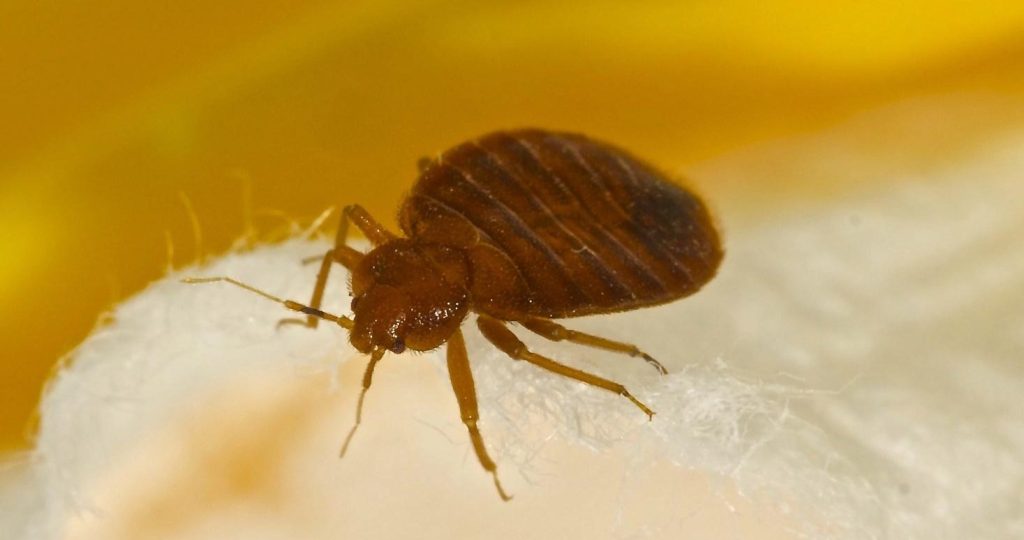
Managing Bed Bugs in Multi-Unit Housing: Best Practices for Landlords and Property Managers
Bed bugs are more than just a nuisance; they’re a serious threat to tenant satisfaction, property reputation, and your bottom line. For landlords and property managers in Alberta, Saskatchewan, and Manitoba, managing bed bugs in multi-unit housing requires a proactive, informed approach. In this guide, we share practical steps that can help you prevent, detect,…
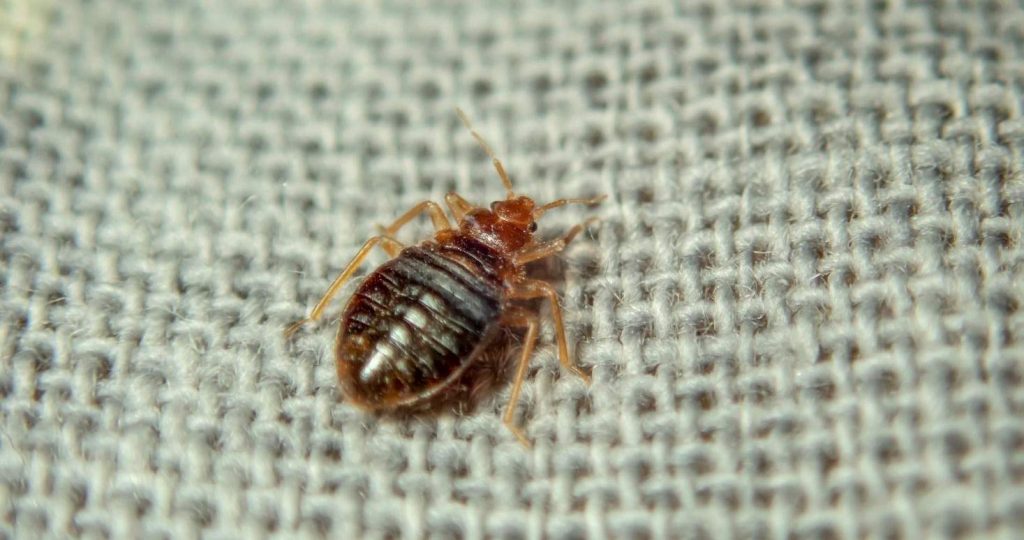
The Airbnb Bed Bug Problem: What Every Traveller Should Check for Before Settling In
Travelling can be a thrilling experience, especially when staying in unique accommodations like Airbnb rentals. One of the hidden dangers that can ruin your vacation is the presence of bed bugs. These tiny pests are notorious for infesting homes and can easily hitch a ride on your bags, leading to an unpleasant experience that no…
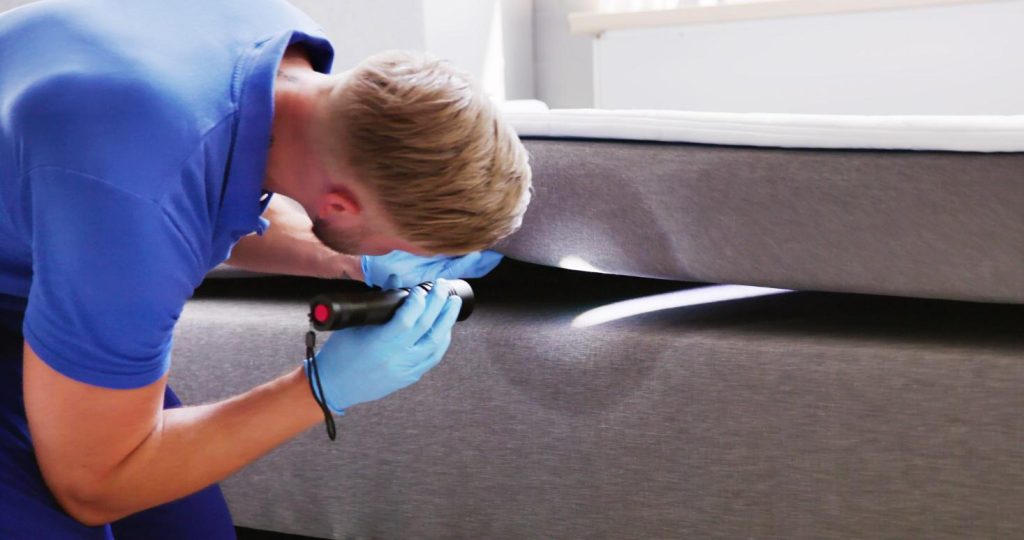
Bed Bug Resistance & What You Can Do
Are there bugs in bed biting you? No matter how many times you try to get rid of bed bugs, they keep coming back? What’s going on? It might be because these tiny pests are evolving resistance to many treatments people have relied on for years. This article examines how bed bugs are outwitting modern…
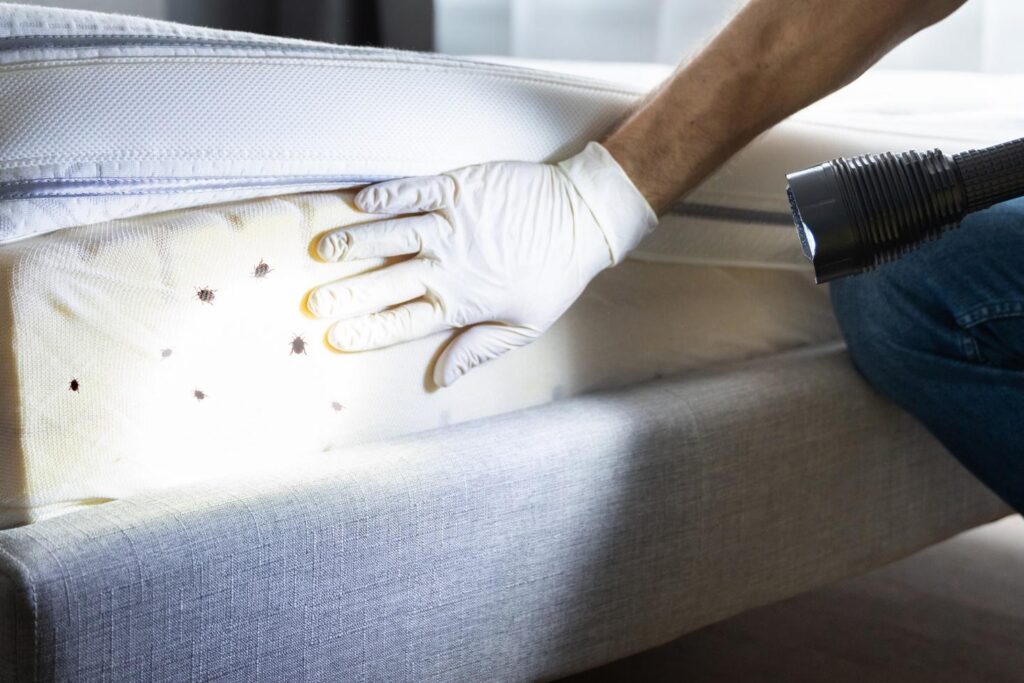
The Princess & the Pea: Hotel Bed Bug Prevention
Castle or hovel, home or hotel, all can be invaded by bed bugs. Bed bugs like to hide and they sneak into establishments on luggage, clothing, and other items guests bring inside. How to Prevent Bed Bug Infestations in Hotels Bed bug infestations can be prevented with regular, thorough inspections in every room before and…

